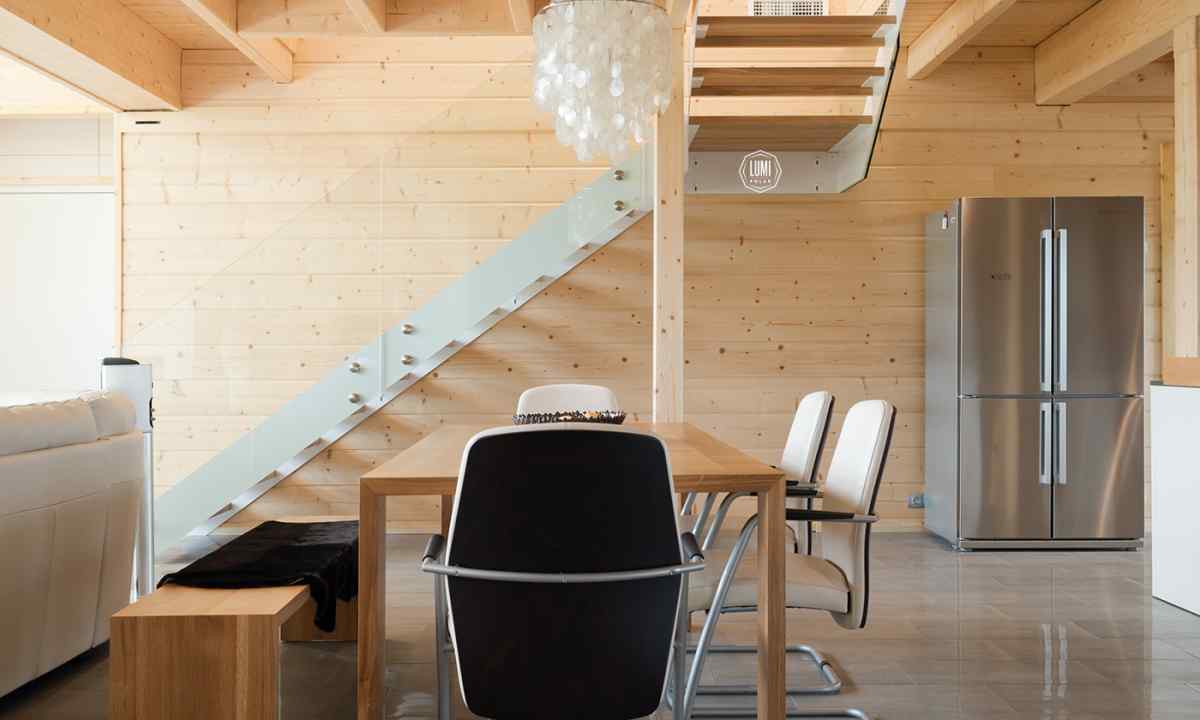Strangely enough, but warming of the house can lead also to negative consequences. Along with reduction of heat conductivity of walls their vapor permeability decreases. It leads to the fact that steam which in abundance is available in any premises without having free exit outside, can be condensed in wall, increasing its humidity and causing rotting. This problem is particularly acute when warming wooden houses.
It is required to you
- - sheets of polyfoam;
- - diffusive membrane (izospan A, AM, AS and so forth);
- - board 35-40 mm thick;
- - carpenter's tool (hammer, saw, axe, etc.;
- - nails;
- - stapler.
Instruction
1. Before starting warming of wooden house outside, check quality of joints between logs or bars. If the isolating material (tow, hemp, dry moss and so forth) lies leaky, wall prokonopatta anew or fill slots with polyurethane foam.
2. Beat on board wall, having arranged them vertically. To avoid excess work, boards it is necessary to have with exact distance between their centers – with that calculation that sheets of heater densely (with small tightness) were included into framework. That to achieve it, sustain step of stuffing of boards equal S+h-5 where: S – width of sheets of polyfoam; h – board thickness between sheets of heater; 5 mm – the size providing tightness at polyfoam installation. Achieve that the outer surface of boards was in one vertical plane. In bar-shaped houses it is easy to make it, in timbered it is necessary to trim separate logs.
3. On the center of the beaten boards beat other boards, establishing them on edge. They will form framework for heater installation. Their width (framework depth) has to be equal to polyfoam thickness, the distance between boards has to be 5 mm less than width of the foam sheets.
4. Insert into framework sheets of polyfoam, since wall bottom. If the distance between frame boards is sustained correctly, polyfoam has to keep in framework at the expense of tightness. If some sheets drop out, fix them by wedges from polyfoam or nails. The main thing what it is necessary to pay attention to is on lack of gap in joints between heater.
5. Lay diffusive membrane over polyfoam, paying attention to what party it adjoins to heater. When using izospan the film has to adjoin to polyfoam the white party. At application of other films read the instruction to them where the technology of laying of material has to be specified. Stack membrane horizontal strips from below up, blocking joints on 100-150 mm.
6. Attach membrane to timber frame construction by means of the stapler. Glue all its joints with adhesive tape.
7. Sheathe wall facing material – lining, siding, etc.

